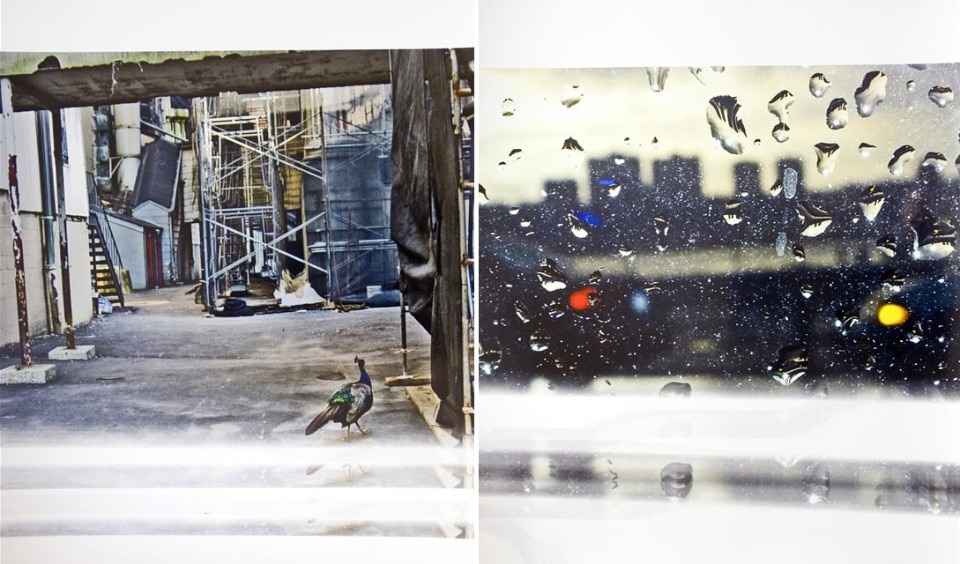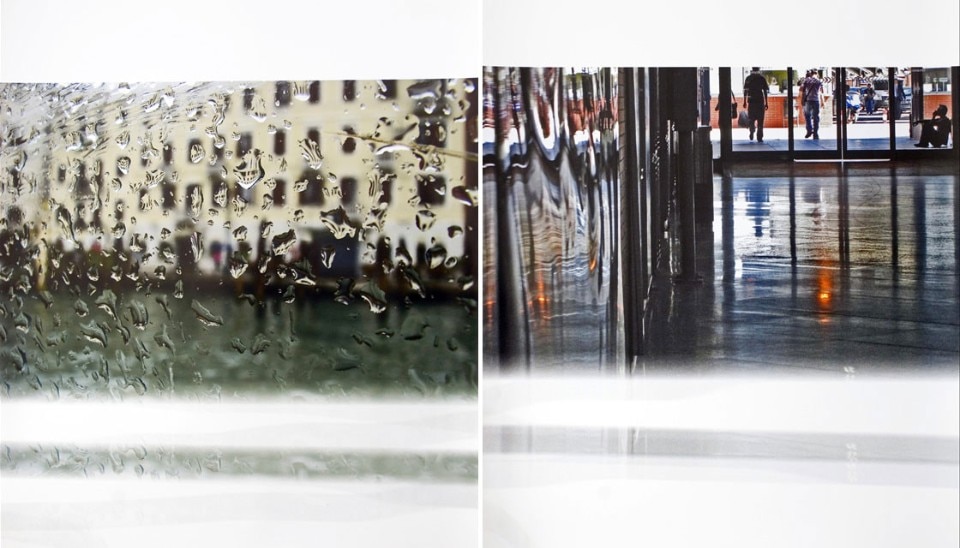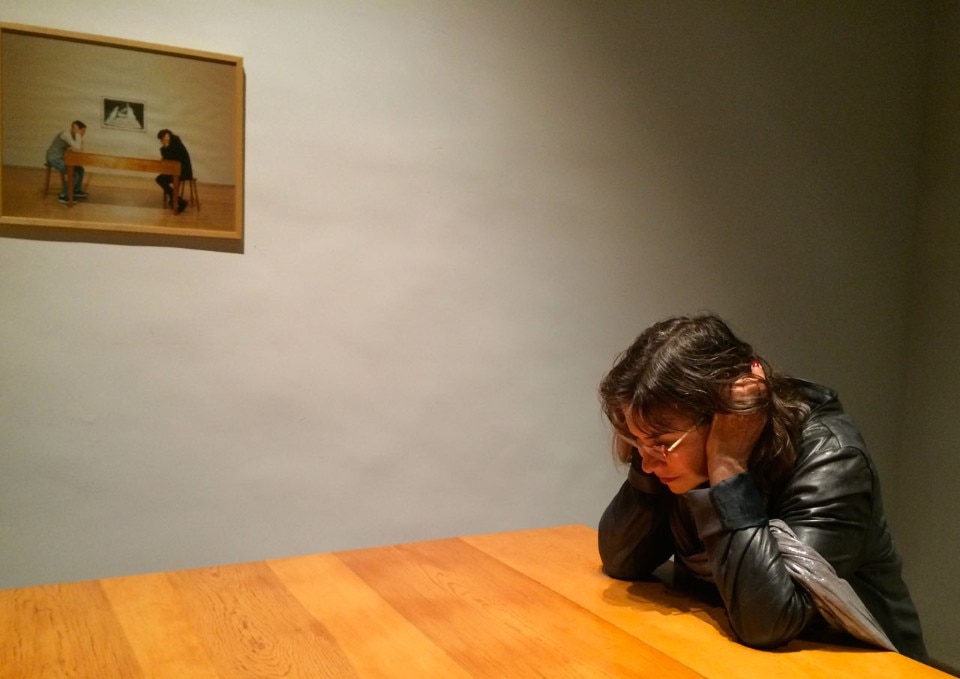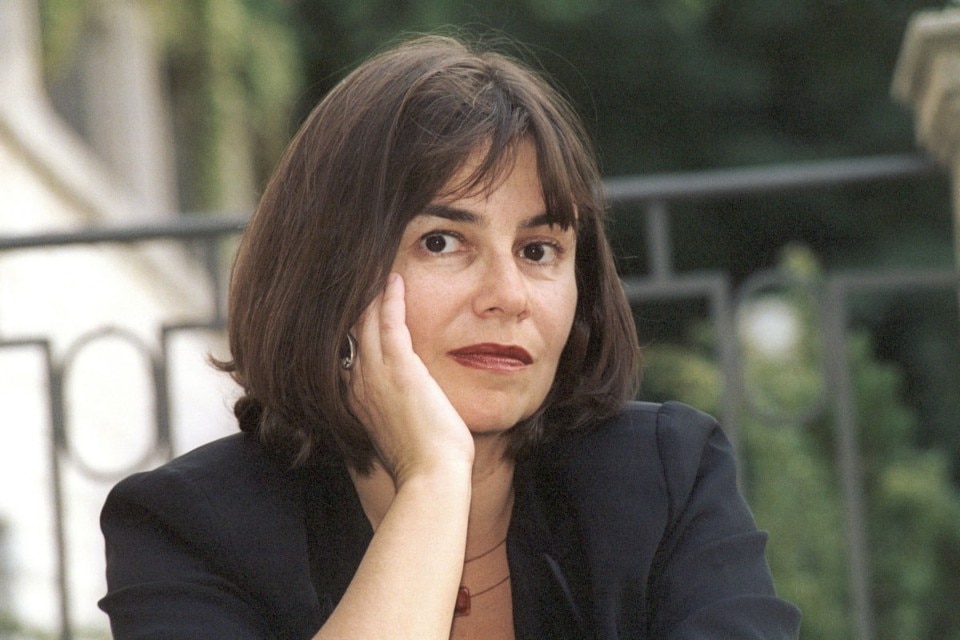

She wrote essays that were both critical and literary, such as Death in Quotation Marks: Cultural Myths of the Modern Poet (1991), Common Places: Mythologies of Everyday Life in Russia (1994), The Future of Nostalgia (2001), Another Freedom: The Alternative History of an Idea (2010); and in 2012 she published a novel entitled Ninochka.
When not working at the university, she travelled at a giddy pace, frequently invited to lecture but also as a curator. Among other things, she was involved in the Albanian Pavilion at the 12th Venice Architecture Biennale, which exhibited a project by Edi Rama, artist and then-Mayor of Tirana, today the Albanian Prime Minister, who wanted to transform the city of Tirana based on the colours of the building facades.
Were all this not enough, Boym had an alter ego called Olga Carr, from whose account she sometimes wrote emails to friends and acquaintances.


Svetlana Boym, who took risks and got lost without being disheartened, was taken ill at the height of her intellectual energy and creative fervour. She was, among other things, working on the publication of her Off Modern, which was to take the form of an exhibition; and on the project of rebuilding the history of that sort of clearing house in Vienna where, like her, many Russian Jews spent their period of transit towards a new life. Some of her many friends scattered worldwide were left with the arduous task of channelling her last projects.
Until the end of June 2016, Svetlana Boym’s works will be exhibited at Harvard University’s Department of Comparative Literature.


